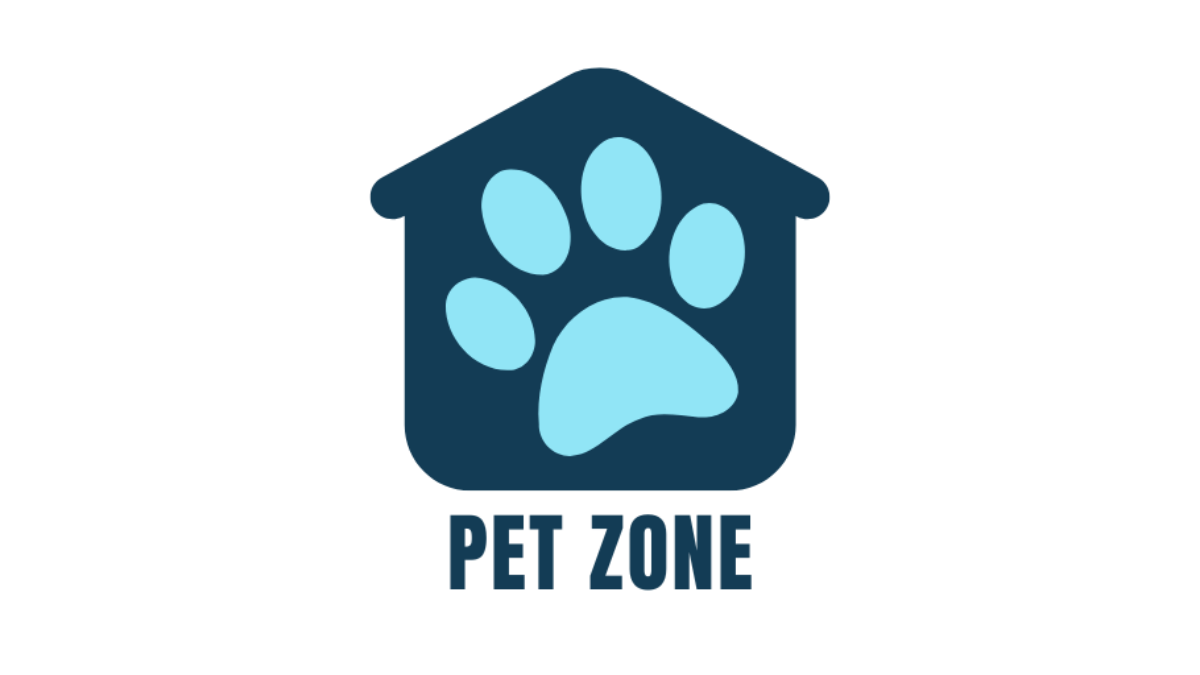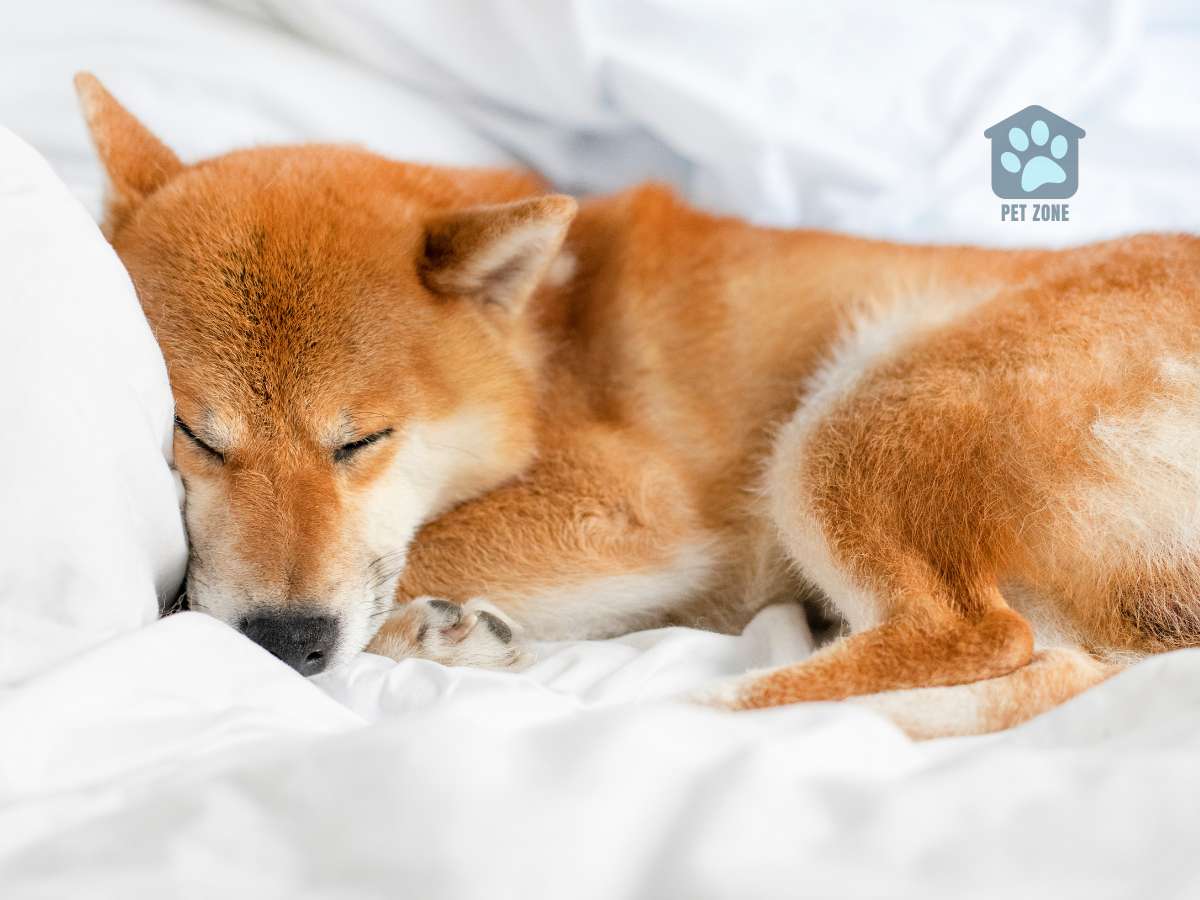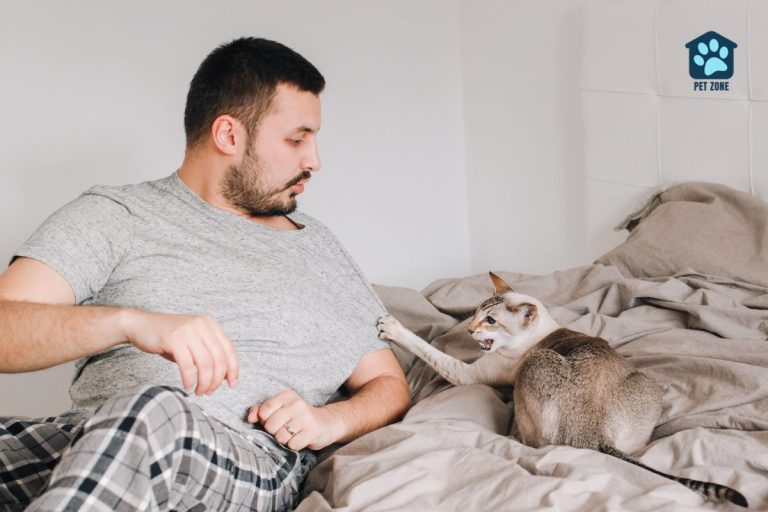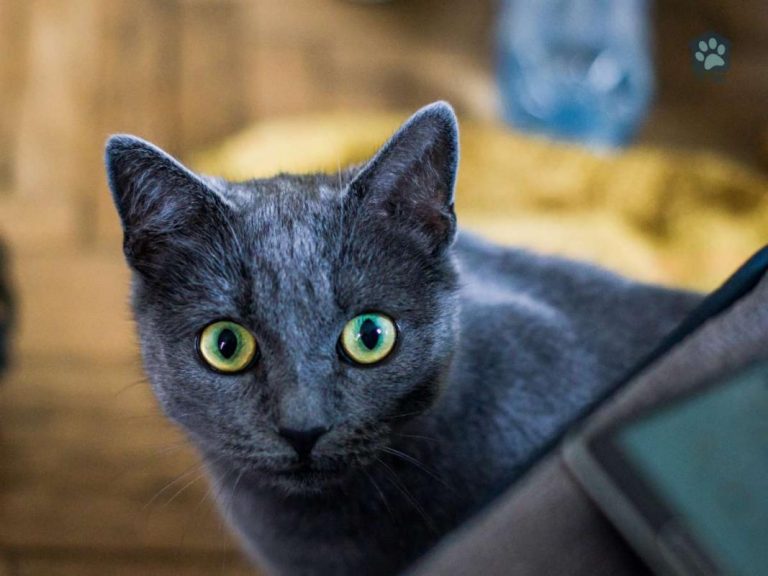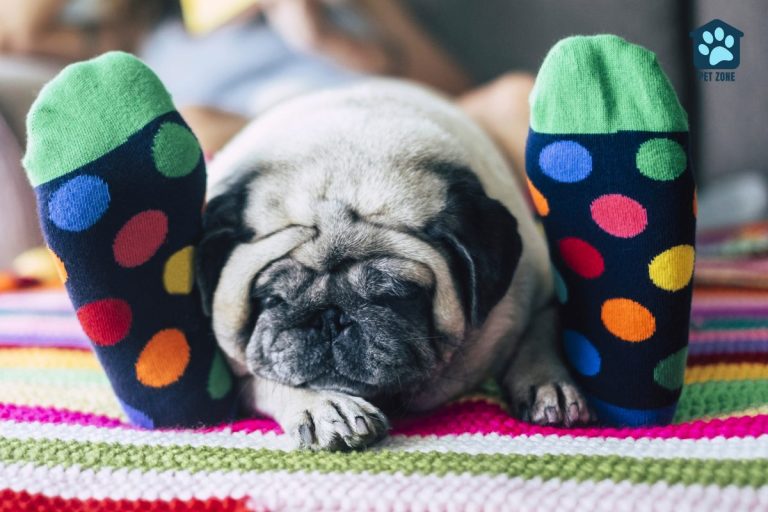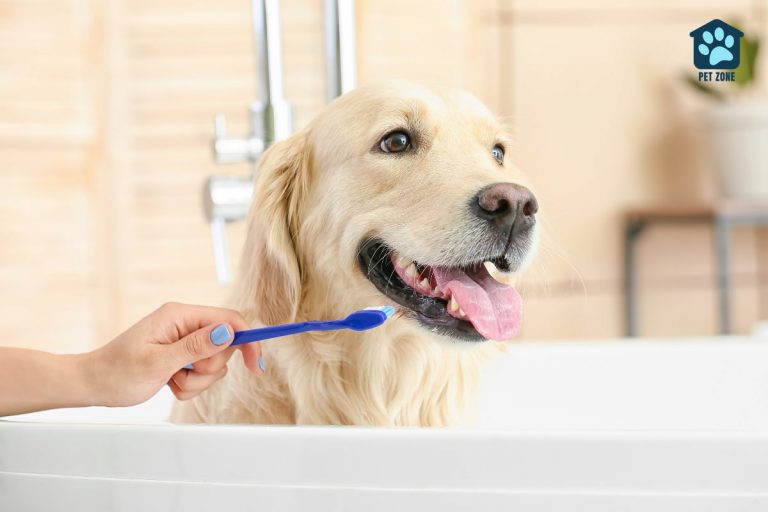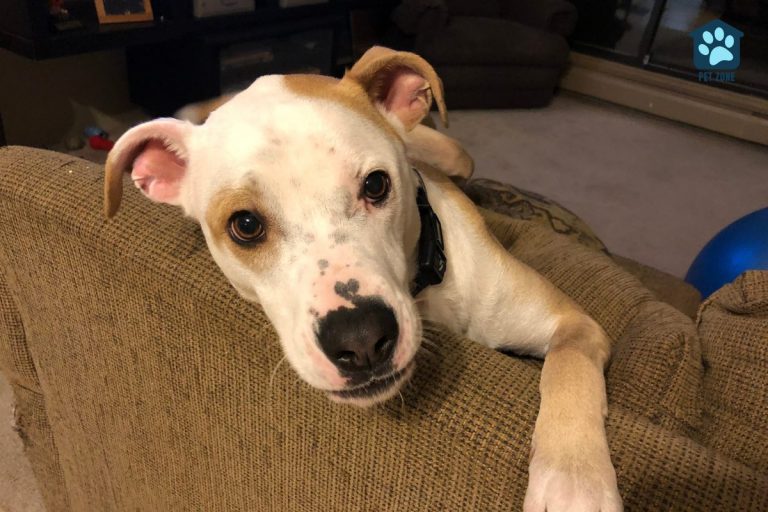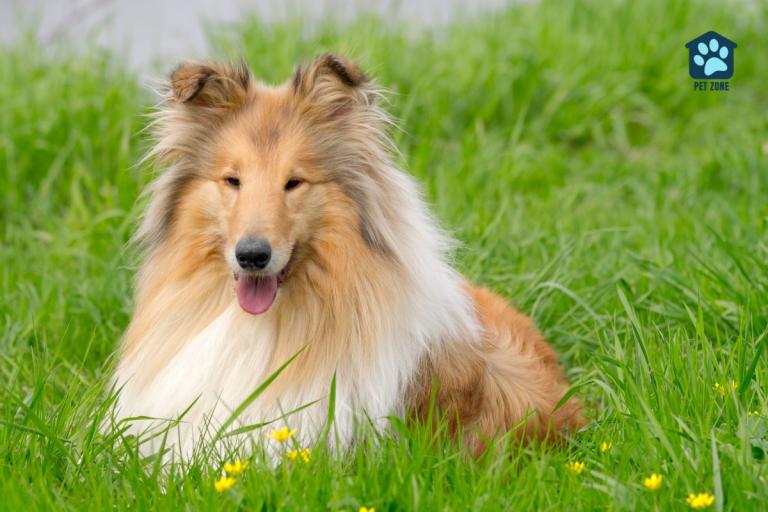Estimated reading time: 8 minutes
Ever wondered why your furry friend tucks his front paws under while he sleeps? Perhaps you’ve caught him in the act, all curled up on the floor, his little paws neatly tucked away. It’s quite a sight, isn’t it?
Cute as it may be, did you know that this simple behavior can reveal a lot about what your dog feels? From showcasing trust and love to managing body heat, or even indicating an underlying health concern, your dog’s paw tuck is a silent language all its own.
Dive in with us as we decode the secret language of ‘paw tucking’, and discover what your dog is really trying to tell you.
Key Points of the Article
Understanding Your Dog’s Body Language
Dogs, like humans, have a complex array of communication methods. They may not be able to chat about their day in words, but they certainly know how to express themselves.
A wag of a tail, a tilt of the head, or a tucked paw – each of these actions carries a unique message that can tell us a lot about our furry friend’s mood, comfort level, or even health.
The Importance of Noticing Your Dog’s Body Language
Why is it so crucial to pay attention to your dog’s body language? Well, much like humans, dogs also “speak” through their bodies. Their tail position, ear movement, facial expression, and yes, even their paws, can provide you with a wealth of information.
This body language isn’t just for show; it’s a sign that your dog is trying to communicate with you. If you notice that your dog is tucking his paws under when lying down or their front legs are stretched forward while his back legs are in the air, these aren’t random acts; they hold meaning.
Tucking Paws as a Part of Your Dog’s Communication
One of the most common, and admittedly adorable, behaviors you may notice is your dog tucking its paws while resting or sleeping. This act of paw tucking is more than just dog sleeping positions; it’s a significant part of their body language and can tell you a lot about your pet’s state of mind.
Some pet owners might see their dog tuck his paws under their body and think it’s just a cozy way to keep warm. And they’re not entirely wrong.
One common reason a dog lies down and tucks his paws under is to conserve body heat. It’s like when we curl up under a blanket on a cold day, it feels nice and cozy. Plus, your dog may find it’s an easy way to keep their paws nestled underneath them comfortably.
However, paw tucking can also signal other emotions or health-related issues. Sometimes they’ll tuck their paws when they’re feeling a bit anxious or uncertain. Or it could be a sign that your dog is comfortable and feels safe in their environment.
Common Reasons Why Dogs Tuck Their Paws
To Feel Comfortable and Secure
First up, comfort and security. One reason dogs bend their paws when lying down is that they’re trying to create a snug, secure space for themselves. This is similar to how some people might bundle themselves up in a warm, fuzzy blanket.
The act of curling up their paws helps them feel protected, essentially forming a little fortress around their bodies. It’s a common sleeping position that dogs use to keep their most vulnerable parts safe.
Showing Trust and Love
Believe it or not, when your dog tucks its paws, it might be showing you a sign of affection. This tucked position is a way for dogs to expose their bellies, which is a high-trust gesture in the canine world.
It’s their way of saying, “I trust you, and I feel safe with you around.” When you see your dog curling up with their paws nestled underneath him, feel the love!
As a Sign of Anxiety or Fear
However, sometimes the paw tucking can indicate less-than-happy feelings. If you notice your dog is tucking their paws more often than usual or during unusual circumstances, it could be a sign of anxiety or fear.
Dogs often try to make themselves appear smaller when they’re scared, and tucking their paws under is one way of doing that.
Temperature Regulation
Dogs are known for their incredible ability to regulate their body temperature. One common way they achieve this is by tucking their paws when lying down, especially in colder weather. Since dogs lose a lot of heat through their paws, curling them up close to their body helps them stay warm.
Protection from External Elements
Another reason why your dog might tuck his paws underneath him is to protect his pads from harsh external elements. Whether it’s the cold, hard ground or the scorching summer pavement, tucking the paws can provide some much-needed relief.
Sign of an Underlying Health Condition
While it’s usually a sign of comfort, paw tucking can sometimes indicate an underlying health condition. If you notice any unusual behavior, like paw knuckling or limping, coupled with paw tucking, it’s best to consult with a vet.
A professional can help rule out any potential health issues and offer guidance on how to help your dog if they’re uncomfortable.

Knuckling in Dogs
Understanding dog behavior includes being aware of their physical changes as well. One such concern that could accompany paw tucking is a condition known as “knuckling”. Let’s dive into what knuckling is, why it occurs, and how you can help your pup.
What is Knuckling?
Knuckling is a condition where a dog is unable to sense the position of its limbs, resulting in the top of the foot touching the ground instead of the pad. This can lead to the dog walking or standing on the tops of his paws, which could cause injury. It’s often a symptom of a neurological problem, but it could also be a sign of an injury or a structural deformity.
Common Causes of Knuckling
The reasons behind knuckling in dogs can vary. For some dogs, it may be due to aging or a congenital issue. Others might experience it because of a neurological condition, like degenerative myelopathy or intervertebral disc disease, which affects the spinal cord. Injuries to the paws or legs can also result in knuckling.
How to Identify Knuckling in Dogs
Aside from the obvious sign of your dog walking on the tops of their paws, there are other signs to look out for. Your dog might show a reluctance to walk or run, have difficulty standing up, or display an unusual gait. Coupled with the unusual paw tucking, these signs could indicate a potential issue with knuckling.
Treatment Options for Knuckling
Treatment for knuckling depends largely on the underlying cause. For instance, if it’s due to a neurological condition, your vet may recommend physical therapy, exercises, and in some cases, medications. In cases of injury or structural deformity, surgery may be necessary.
Some dogs may benefit from using anti-knuckling devices, which are designed to correct the foot position during walking and prevent the dog from tucking their paws and causing harm. It’s crucial to consult your vet to determine the best course of action.
When to Consult a Vet
As responsible pet owners, it’s crucial to know when a behavior is just your dog being a dog, and when it’s a signal to seek professional help. Your dog tucking its paws is often a harmless and adorable quirk, but under certain circumstances, it might be time to consult your vet.
Unusual or Excessive Paw Tucking
While it’s perfectly normal for dogs to tuck their paws while resting or sleeping, if you start to notice your dog doing this excessively or at unusual times, it could be a cause for concern. For instance, if they’re doing this while walking or standing, it might be a sign of discomfort or a potential health issue like knuckling.
Accompanied by Other Symptoms
Paw tucking becomes worrisome when it’s accompanied by other symptoms like limping, reluctance to walk, or showing signs of discomfort when the paw is touched. These could all be indicators of a possible injury or illness that needs immediate attention.
Changes in Behavior or Appetite
Any major changes in your dog’s behavior or appetite should always be a red flag. If your dog is tucking its paws and also seems lethargic, isn’t eating properly, or is acting out of character, it’s time to call the vet.
When You’re in Doubt
When in doubt, always consult a vet. It’s better to be safe than sorry. If something about your dog’s behavior, including paw tucking, is causing you concern, reach out to your vet. They can provide advice, alleviate your worries, and if necessary, schedule a check-up.
Remember, you know your dog best. Trust your instincts. If something feels off, it probably is. You’re your dog’s best advocate, and your attention to their behavior can make a world of difference in their health and happiness.
Conclusion
Paw tucking can mean a variety of things, from signaling comfort and trust to indicating anxiety, temperature regulation needs, or even underlying health concerns like knuckling.
Noticing these little details like how your dog sleeps on their side, or how sometimes they’ll tuck their paws when lying down, or if they have their paws up in the air can be the first step towards understanding their needs better. This vigilance can help ensure their comfort, well-being, and even save their lives in some instances.
And remember, when in doubt, always consult with a veterinarian. They can provide invaluable guidance and help ensure your pup stays in the best health possible.
After all, our dogs aren’t just pets; they’re part of our families. And every little thing we can do to make their lives better, from understanding why they might tuck their paws to addressing more serious health concerns, is worth it.
